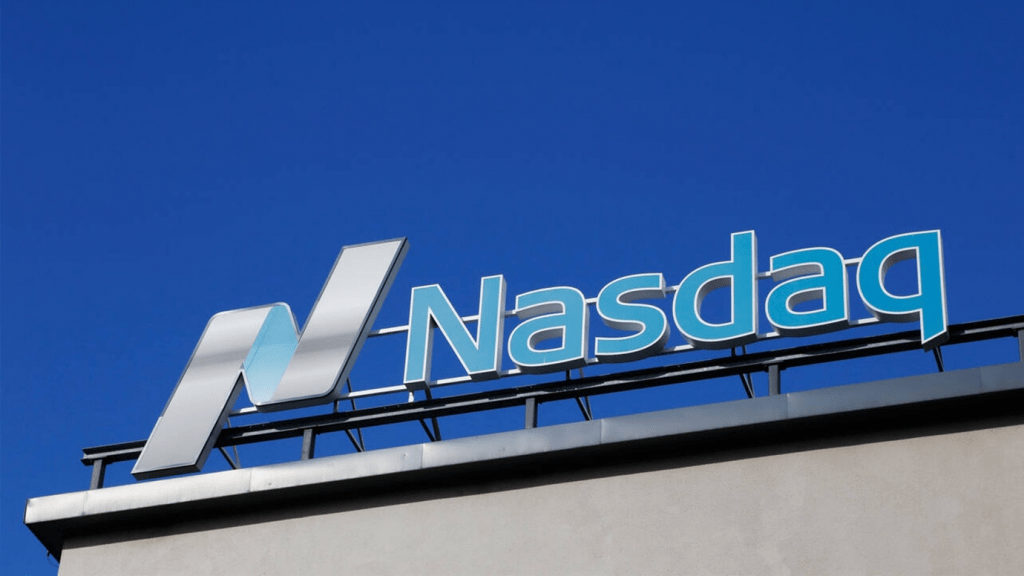
Canada Appeals for International Firefighting Aid
June 09, 2025: Canada has issued an international appeal for firefighting support as wildfires intensify across multiple provinces

January 3, 2023: -A lot has transformed in technology since the dot-com boom and bust.
The internet moved to mobile. The data centre went to the cloud. Cars are now driving themselves. Chatbots have gotten pretty smart.
When the economy turns, investors rush to exist. Despite a furious rally, the tech-laden Nasdaq is done in the red for a fourth straight quarter, marking the longest streak since the dot-bomb time of 2000 to 2001. The only different negative four-quarter stretch in the Nasdaq’s five-decade history was 1983-84, when the video game market crashed. But one thing has remained.
This year marks the initial Nasdaq has fallen in all four quarters. It dropped 9.1% in the year’s initial three months, followed by a second-quarter tumble of 22% and a third-quarter decrease of 4.1%. It decreased by 1% in the fourth quarter because of an 8.7% drop in December.
The Nasdaq slid 33% for the entire year, its steepest refusal since 2008 and its third-worst year. The refusal 14 years ago came in the financial meltdown caused by the housing crisis.
“It’s tough to be positive on tech currently,” Gene Munster, managing partner of Loup Ventures, told on Wednesday. “You feel like you’re missing something. You feel such as you’re not getting the joke.”
Besides 2008, the only other year worse for the Nasdaq was 2000, when the dot-com burst and the index sank 39%. Early dreams of the internet taking in the world were vaporized. Pets.com, not famous for the sock puppet, went public that year and closed this year. EToys held its IPO in 1999 and experienced its market cap increase to almost $8 billion, sinking in 2000, losing nearly all its value before going bankrupt early the following year. Delivery firm Kozmo.com never got its IPO, which was filed in March 2000 and withdrew its offering in August.
In 2022, the firm formerly said Facebook lost nearly two-thirds of its value as investors baulked at a future in the metaverse. Amazon dropped by half. Tesla decreased similarly as the carmaker, long valued like a tech group, crashed into reality.
This year’s IPO market was nonexistent, but many companies that went public in the previous year at astronomical valuations are losing 80% or more of their value.
We provide the insights on leaders who are responsible for taking their organization to new heights, all the while bringing together a group of talented individuals.

June 09, 2025: Canada has issued an international appeal for firefighting support as wildfires intensify across multiple provinces

May 27, 2025: Air Canada Cuts Five U.S. Routes for Winter 2025–26, Part of Broader Cross-Border Retrenchment

May 26, 2025: Trump Freezes $2.2B in Federal Grants to Harvard Over DEI, Threatens Tax-Exempt Status.

May 14, 2025: Microsoft has announced plans to reduce its global workforce by approximately 3%, affecting roughly 10,000 employees across multiple departments.

May 13, 2025: The Trump administration is considering suspending the constitutional right of habeas corpus in a bid to accelerate mass deportations.

April 29, 2025: Donald Trump’s second term has reached the 100-day mark under sustained public skepticism, with national approval ratings